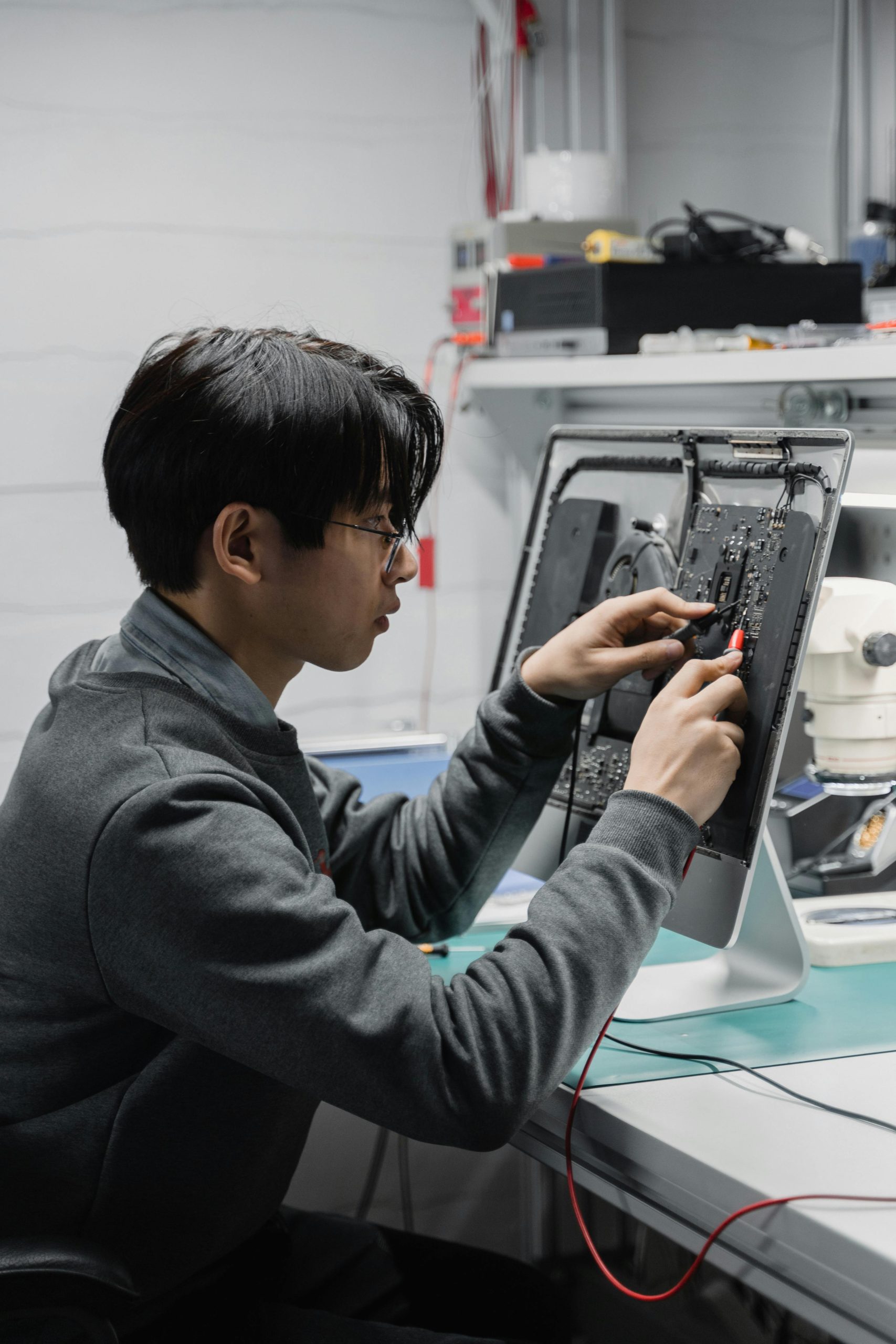Diagnosing GPU Failures: A Step-by-Step Guide
Recently, my wife experienced a frustrating issue with her PC, which suddenly shut down and refused to power on. After a series of troubleshooting steps, it became clear that the graphics card might be the culprit. Here’s a detailed account of the situation, along with guidance on how to confirm if the graphics card is indeed the source of the problem.
The Initial Problem
Out of nowhere, my wife’s computer powered off completely. Pressing the power button generated a flicker of activity, only to be followed by a complete shutdown. In an effort to diagnose the issue, I began by removing the existing graphics card, an EVGA GTX 950, and switched to the integrated graphics processor (IGPU) on the motherboard. To my relief, the system booted up without any issues.
But when I reinserted the graphics card, the computer failed to power on again. Such a scenario led me to suspect that the graphics card itself might be defective.
Investigating Further
To confirm my suspicion, I conducted a thorough inspection of the graphics card. However, I wasn’t able to identify any visible damage such as burnt areas or popped capacitors. Despite this, I remained cautious and considered other potential issues, such as a malfunctioning PCI-E slot or a failing power supply, particularly the 12V rail that powers the GPU.
Next Steps: Verifying the GPU’s Status
Before concluding that the graphics card was irreparably damaged, I decided to take further measures. Here are some steps to properly diagnose the problem:
-
Test the Graphics Card in Another System: If you have access to a working PC, try inserting the suspect GPU into that machine. This will help determine if the card functions properly in a known-good environment.
-
Inspect Power Supply Connections: Ensure that all power connections to the graphics card are secure. A loose connector could lead to similar power issues.
-
Examine the Motherboard’s PCI-E Slot: Sometimes, the issue may lie within the motherboard itself. Testing the graphics card in another PCI-E slot can reveal whether the slot is the source of the problem.
-
Check for Software Issues: Rarely, software conflicts or drivers can lead to booting problems. Ensure that any recent updates or changes haven’t affected system performance.
Conclusion: Confirming the Diagnosis
Ultimately, after testing the GPU in my own PC,
Share this content:

